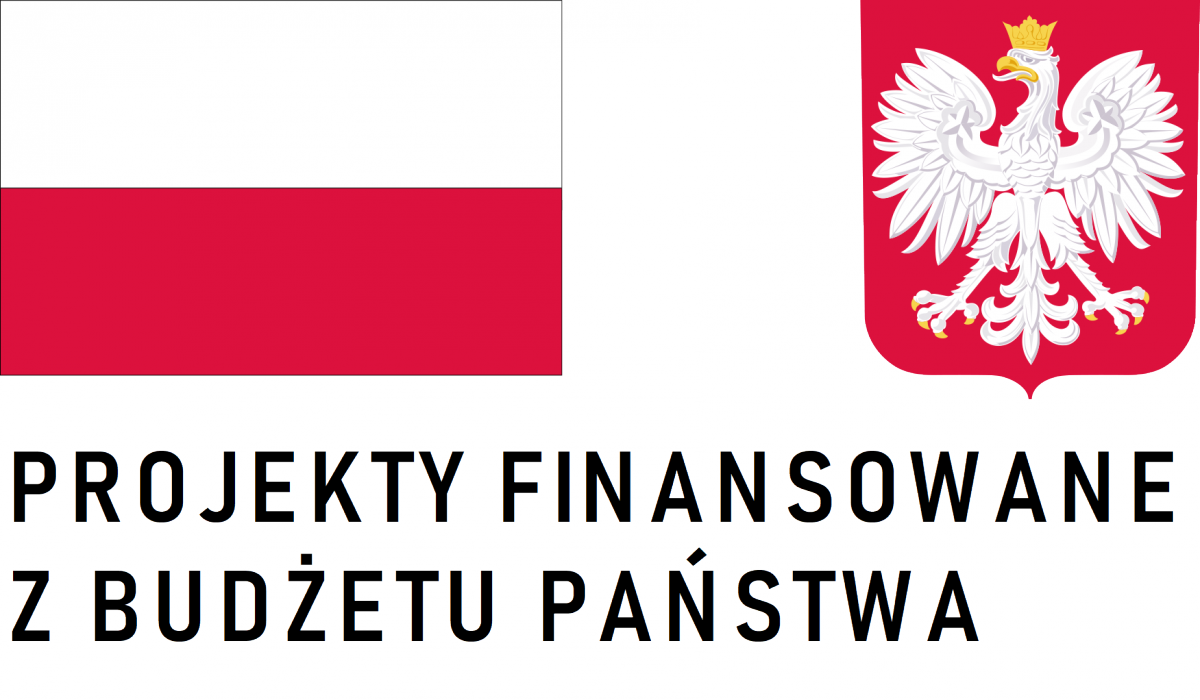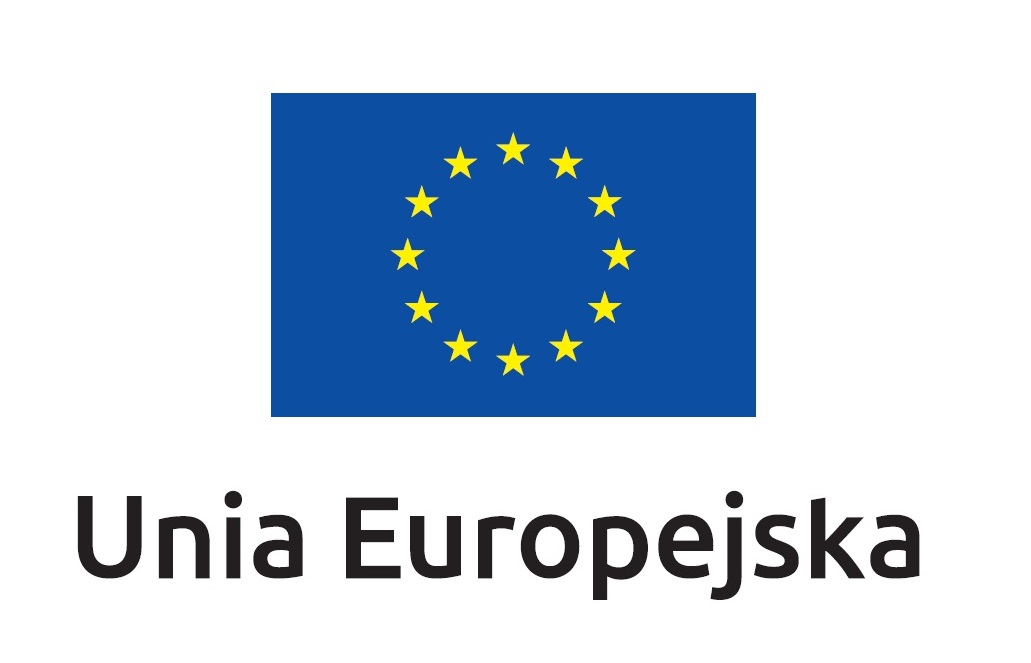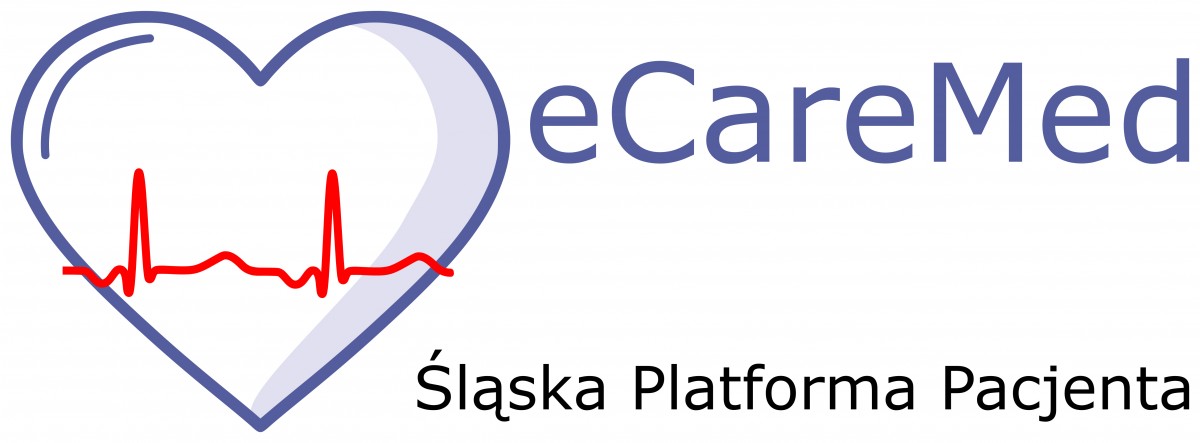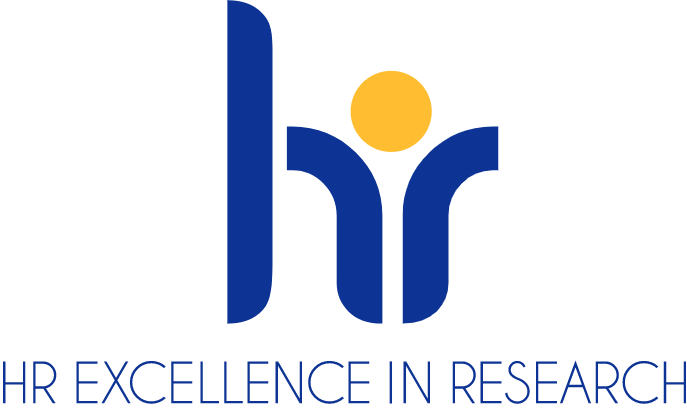You are here
History
Maria Sklodowska-Curie National Research Institute of Oncology in Gliwice was founded in 1946 as the National Cancer Institute with one hundred beds, three in-house clinics and an outpatient clinic with two offices. The Institute would treat 500 patients per year. A small team of specialists used one orthovoltage therapy unit and two simple diagnostic X-ray machines. Dr. Stanislaw Bylina became the first director of the hospital to be succeeded in the 50's by Associate Professor Jeremi Święcki, an experienced oncologist who had trained in France and later used the knowledge acquired there to train Polish oncologists. Dr. Święcki, a true mentor of the Polish oncology, not only shared his medical knowledge with the young doctors but also taught them the principles of medical ethics and a special approach to patients. The next 30 years turned out to be a very difficult time for the Institute as new equipment was slow to come. The first, rather primitive cobalt bomb arrived only in the 60’s. At that time, the Institute had already grown to comprise 200 beds while the number of patients kept rising so much so that their number reached almost two thousand per year. In the early 80's, the Institute started a facility expansion project that was to continue for the next 20 years. The year 2001 represented a new beginning of the Institute’s clinical and therapeutic operations: the number of beds grew to 479 in 10 clinics and there were 22 doctor offices in the outpatient clinic, a genetics clinic, 7 multidisciplinary organ teams, and an outpatient chemotherapy ward. The number of medical oncologists doubled. The modern clinics and the professional staff greatly contributed to higher quality and effectiveness of the treatment. Therapy waiting time was reduced allowing for treatment of up to 34,000 patients and more than 170 thousand consultations per year in 2010. The number of patients requiring surgery and chemotherapy doubled. Impressive progress has also been observed in nuclear medicine. Since 1995, the Laboratory for Clinical Applications of Isotopes has been one of the most advanced nuclear medicine departments in Poland; it specializes in the treatment of thyroid cancer and neuroendocrine tumors in patients from all over Poland thanks to the lab’s own production of PET radiotracers and modern facilities that house molecular and genetic labs. In 2000, the Institute added a new dimension to their field - microvascular and reconstructive surgery thanks to close cooperation with a team of surgeons from the MD Anderson Cancer Center in Houston. Since 2010, the Institute has also been performing bone marrow transplantations. In 2013, a team of surgeons from the Cancer Center in Gliwice led by Prof. Adam Maciejewski performed the world's first ever face transplant for lifesaving reasons. In 2008, the Institute was granted a Centre of Excellence status by the International Atomic Energy Agency in Vienna.
Our clinical and scientific activities reach out well beyond this province and the country. Over the last 60 years, the Institute staff have published more than 1,000 original works in renowned international journals and more than twice as much in national magazines. The Maria Sklodowska-Curie Memorial Cancer Center and Institute of Oncology in Gliwice continues to develop all the time.
Our clinical and scientific activities reach out well beyond this province and the country. Over the last 60 years, the Institute staff have published more than 1,000 original works in renowned international journals and more than twice as much in national magazines. The Maria Sklodowska-Curie Memorial Cancer Center and Institute of Oncology in Gliwice continues to develop all the time.
The Department of Radiotherapy was set up by Prof. Andrzej Hliniak, a unique doctor, oncologist, and humanist, who developed some basic concepts of fractionated radiation therapy. Thanks to him, the Department of Radiotherapy in Gliwice has become one of the best in this country. For the first 40 years of its existence, the hospital experienced some difficult times because of shortage of hospital equipment; however, the next 20 years saw significant developments in radiotherapy. The hospital got two modern pavilions named after Marie Curie and Pierre Curie where patients receive irradiation treatment in comfortable conditions. The orthovoltage and cobalt bomb therapy was replaced with 11 high-tech linear accelerators, 4 simulators, including PET-CT simulator. The Department of Radiotherapy employs 57 medical doctors, 20 medical physicists, and more than 110 radiation therapists. Recognizing his indisputable contribution and the creative role he played in founding the Polish radiotherapy, the Department took the name of Prof. Andrzej Hliniak. The number of patients undergoing radiation treatment has been rising steadily and in 2012, it reached almost 8000.
Since day one, the Cancer Centre in Gliwice has not only healed the sick but also conducted cancer research. Prof. Mieczysław Chorąży had led the research team for many years, drawing on his enthusiasm and organizational energy when there was not enough equipment. Today, the Cancer Centre also pays much attention to new research. A research team at the Department of Cancer Biology has focused on the problem of cancer viruses and heat shock protein carcinogenesis for nearly 40 years. The earlier established Molecular Biology and Radiobiology Departments evolved into one Translational Research Center in 2010. In the 60's, only two professors headed research teams: today their number has grown to eight. Research into genomics and proteomic predictive or prognostic value of individual tumor signatures will be used by medical clinics to optimize individual therapeutic strategies.








 Polski
Polski





